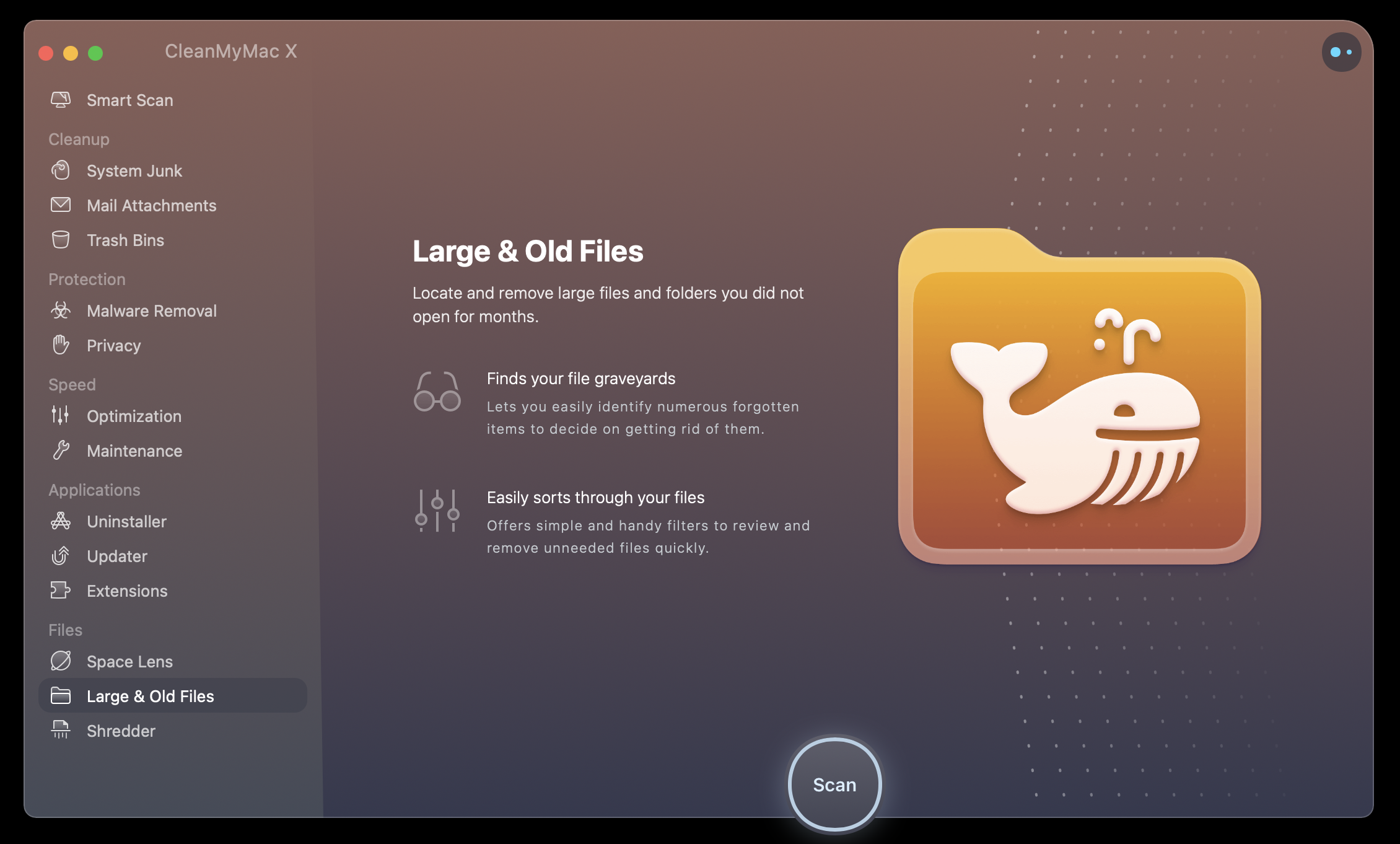


- #Locate a pathway for a file on a mac how to
- #Locate a pathway for a file on a mac mac os x
- #Locate a pathway for a file on a mac full
Like the shortcut method above, you can easily hide hidden files on Mac again with another Terminal command.Įnter the following command to hide hidden files and folders and hit Return:ĭefaults write AppleShowAllFiles FALSE Now all hidden files or folders on your Mac should be visible. Then enter the next command and hit Return: You may also be able to use the word YES at the end in place of TRUE. Pop open Terminal from your Applications > Utilities folder or by using Spotlight ( Cmd + Space).Įnter the following command to unhide files and folders, then hit Return:ĭefaults write AppleShowAllFiles TRUE You will see a referral list along with the. Right-Click on the file or folder and choose properties. Browse to the file or folder on your local machine you want to determine the DFS path for. To hide those once-hidden files and folders again, just use the same keyboard shortcut.Īnother way to view hidden files on your Mac is with a Terminal command. Luckily, there is a simple way to find out the absolute path of a file or folder on the particular DFS server when you do not know it. It also supports wildcards if you're not completely sure of the name. It need to run as root to search private directories. This will find anything that exists on the file system you give as the first argument. If you have the Status Bar displayed as well, the Path Bar will appear directly above it. Here are some methods to find things that aren't in your path statement.
#Locate a pathway for a file on a mac full
You’ll then see the full path of your current location in Finder at the bottom of the window. Open Finder and go to View > Show Path Bar. Simply press Cmd + Shift + Period (.) to show hidden files on your Mac.īoom! You should immediately see all the files hidden in the folder and any subsequent folder you open. The simplest way to always see the full path of a file or folder on macOS is with the Finder Path Bar. In order to use this method, you must be running macOS Sierra or later. The fastest way to view hidden files while in a folder on your Mac is with a keyboard shortcut. The one you choose may depend on what you're trying to accomplish. There are a couple of quick and easy ways to show the hidden files and folders on your Mac.
#Locate a pathway for a file on a mac how to
We'll also show you how to hide hidden files again and how to hide files or folders of your own to keep them from prying eyes. Here are the simplest ways to see hidden files on Mac. Or directly press Command + Shift + G to open the dialog where you can. Click the Go on top menu, and select Go to Folder.
#Locate a pathway for a file on a mac mac os x
If you have not changed the default iTunes backup file location, you can find iTunes backup on Mac OS X with this way. Way 1: Locate iTunes backup list on Mac OS X. He needs to remove it to avoid a compatibility problem, and no amount of Spotlight searches nor browsing through folders can find it. And two ways below will help you to locate or find it. But if you need to see those hidden files to help with troubleshooting or for another reason, we can help. Macworld reader Lon has a problem finding a file on his Mac. These include files required to run your system which are hidden to prevent accidental deletions or changes. Your Mac contains many files and folders that are hidden from view.


 0 kommentar(er)
0 kommentar(er)
